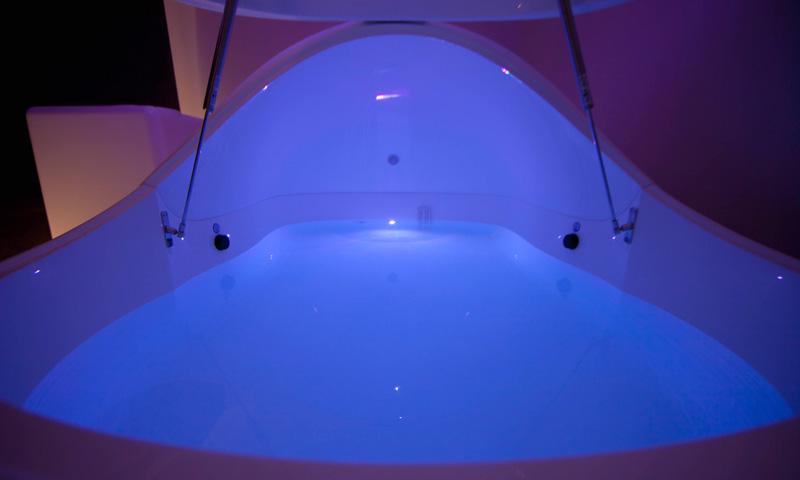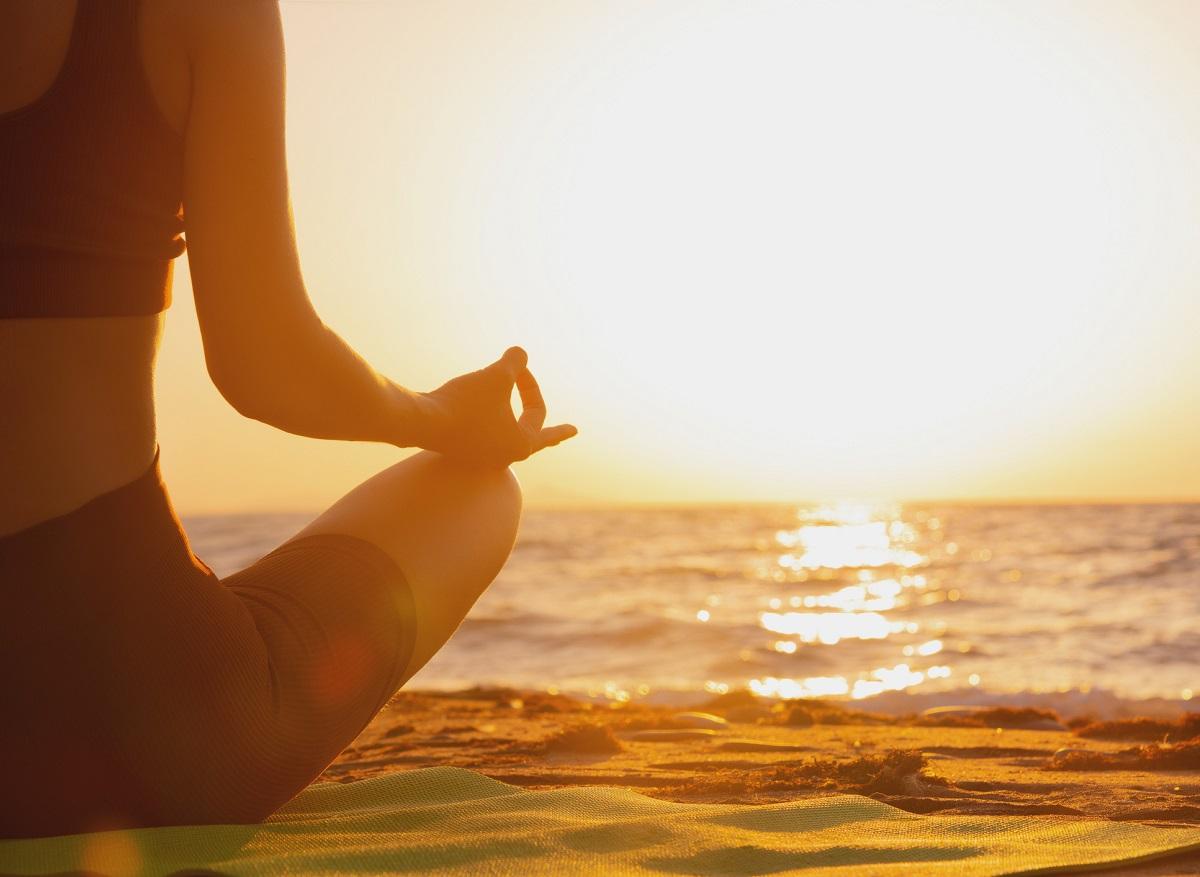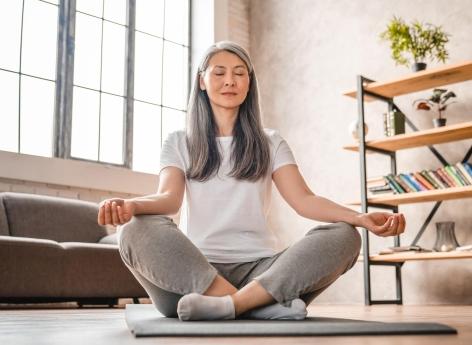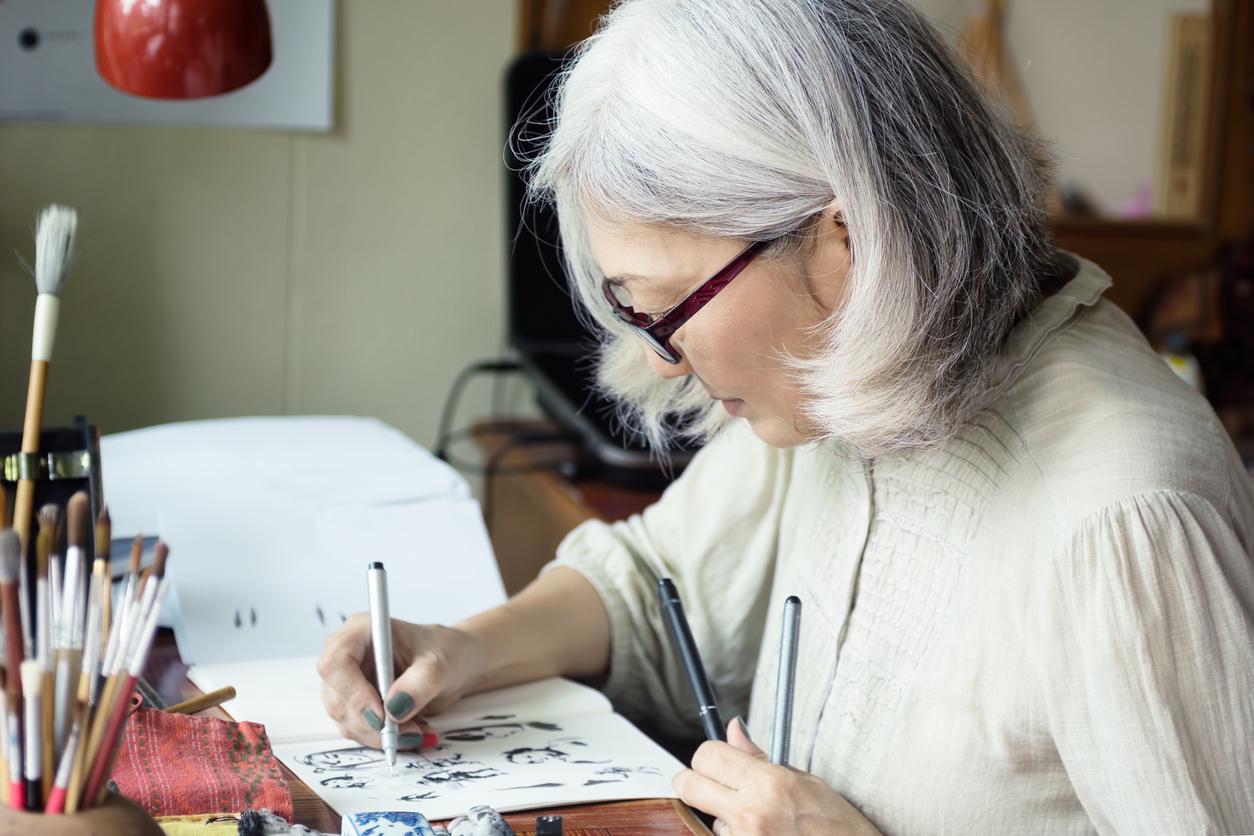Does floating in a capsule where the water is even saltier than that of the Dead Sea and where one is deprived of one’s senses help one to relax? This experience is called sensory isolation and the writing of Why Doctor tested it for you.

- The editorial staff of Pourquoi Docteur tested the sensory isolation center of Bulles à Flotter in Paris for you.
- The conclusion of this test: it is a very good means of relaxation, which allows you to relax both psychologically and physically, far from the hyper-stimulation of everyday life.
- Nevertheless, it is necessary to manage to appropriate this new environment and to silence the thoughts of a brain which can generate a little stress in the face of the loss of its bearings and the deprivation of the senses at the beginning of the session, to really let go. .
No light, no noise, no feeling of heaviness or temperature… Here you are naked, in a kind of big bathtub with a closed lid, floating in 25 cm of water saturated with salt and adjusted to body temperature, so to isolate themselves from all external stimuli. You will stay there for an hour. This is the principle of sensory isolation, a technique of relaxation through the deprivation of the senses, allowing the brain and the body to let go and put themselves in a position of absolute rest.
What are the effects of sensory isolation and where to find a center?
Eternal anxious but naturally curious, I am always looking for new experiences to achieve relaxation. This is how I discovered this concept of center of flotation proposed by Floating Bubbles in Paris, a city where there are many requests. I liked the center of Bastille (32 Bd de la Bastille) more, especially for its setting near the Bassin de l’Arsenal, but that of the Left Bank (43 Av. de Suffren) has the advantage of having a well-being where you can take more time to put on make-up, dry your hair and do your hair again, without spilling over into the session of the next client.
Note that in France, flotation centers are not only concentrated in Paris, Les Bulles à Flotter also have centers in Bordeaux, Lille, Strasbourg and Brussels, and there are other brands that offer the same concept, as Meiso in Paris and Lyons, Bodyfloat (which offers cabins, which are higher, rather than cocoons), the Zenarium near Strasbourg or Experience-silence located in Grenoble.
The cost: 65 euros for a first session (70 for the full price), or 49 euros if you are a student, job seeker or if you have taken out a monthly subscription. The promise ? Many benefits for body and mind: decrease in stressreduced fatigue, improved mental well-being, positive action on sleep and insomniaanxiety, depression, fibromyalgia, increased creativity, concentration and learning abilities, better recovery for athletes, reduction of tension and muscle fatigue, relief of muscle and joint pain, better healing of muscles… In short, the effect of a week’s vacation concentrated in an hour.
These promises are mostly based on observational studies (which therefore still need to be verified), such as those of the Swedish professor Anette Kjellgrenbut it is always better to test yourself.
“If you let yourself go, you won’t be able to tell if you slept or not”
After a long day of work and RER, I arrive for my session. From the entrance, the host who welcomes me sets up a soothing atmosphere. She gives me a tablet with a video showing me how the session unfolds and how the isolation cocoon works. Several tips are recommended to make the most of your experience, such as examples of positions to adopt to float well: hands behind your head, arms above your shoulders or simply along your body.
She leads me to the room where the famous bubble is but, before entering, she warns me: “you may have a moment of discomfort, it’s your brain fighting against letting go, but if you manage to let go, you won’t be able to tell if you slept or not, because you will have crossed a state of subconsciousness.
Once the door is closed, I undress, we do not float in swimsuits to be able to make the most of the absence of sensation. Next to the shower, the insulation box that looks like a science fiction machine sits in the middle of the room. The pool, 2m50 long by 1m70 wide, is illuminated with changing colors by LEDs. The water it contains, filtered entirely 4 times between each session, is saturated with Epsom salt, magnesium sulphate, which increases the density of the water in order to obtain water 5 times more concentrated. in salt than that of the Dead Sea, ensuring that the body floats perfectly without the slightest effort. This salt is also known to be a natural antiseptic and anti-inflammatory, relieving muscle and joint pain and providing magnesium to the body.
After the neutral pH shower, it’s time to enter the cocoon: I choose the color blue, to match the soundscape of the waves on the beach chosen before the session, and I begin to relax. After a few minutes, the light goes out, the music stops and I am alone with myself, breathing in steam, without any further solicitation, to the point of hearing my heart beating. Scary, you say? Do not panic, it is possible to open the capsule at any time, to keep the light on if desired and there is even an alert button if necessary.
The sensation of returning to the amniotic fluid
The first striking sensation, and very pleasant, is the syrupy water that envelops the body at the perfect temperature and pushes it to the surface: a feeling of lying on a watery cloud or returning to float, adult this time, in the amniotic liquid. It allows me to relax immediately. The thoughts fuse, wander and vanish. But after about ten minutes (although the conception of time is very altered there), the brain begins to panic a little faced with the loss of its sensory and spatio-temporal landmarks. A phase that I find difficult to get rid of and where I try several times to immediately suppress each annoying micro-sensation, like the salty drops that ooze on my skin, and to move away from a buzz that seemed to come from the filtering part of the bubble.
In this phase of doubt, the main thing is not to lose sight of the purpose of the session: to let go to enter a semi-conscious meditative state in order to relax as well as possible. Above all, it is better to avoid touching his face (like scratching his eyebrows) because getting salt in his eyes – even if you have a water spray in the capsule to remove it – could be unpleasant enough to get you out. abruptly from your relaxed state. Finally, it is necessary to achieve a vacuum to soothe as quickly as possible this stress which can arise, which people accustomed to meditation will know how to do better.
Sensory isolation can sometimes cause hallucinations
After a little while of reclaiming my environment and ordering my brain to shut up, I succeed, and relaxation returns. I discover new sensations, created by the brain to compensate for the lack of sensory stimulation: the impression of being swayed from left to right or from top to bottom, as in a sea raised by the swell. Then very light white shapes spread out in front of my open eyes, as if after being dazzled a little. Some peoplemore receptive, can even have some more developed and clear visual hallucinations, or sound.
While I don’t measure the elapsed time, I hear the sound waves of the soundscape at the start: it’s the end of the session. Coming out of the cocoon is difficult, the muscles being completely relaxed, but I am very relaxed. The most difficult is the return to reality and the transition with the over-stimulation of Parisian transport. I advise you to come home more quietly than in a crowded subway line. Nevertheless, I see for myself the supposed effects on rest and creativity: I feel much more rested than after a nap and I immediately found the inspiration to write a poem.
In summary, sensory isolation is clearly a very good means of relaxation, which allows you to relax both psychologically and physically and to rest, being alone far from the hyper-stimulation of everyday life, which is an experience rare enough to recommend it.
















